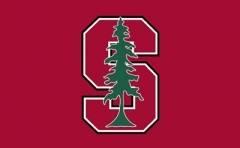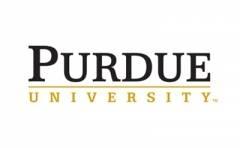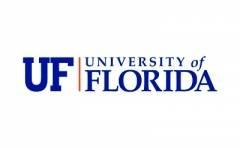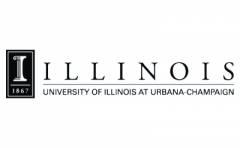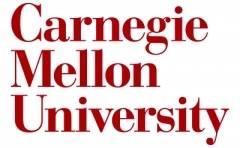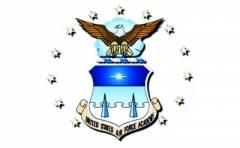Best Engineering colleges in the U.S.
Why a degree in engineering?
Let’s face it, you’re smart. You passed science and math classes with flying colors, and you are the “go-to” when it comes to computer help. You probably took apart a lot of things in your childhood just to see how they worked. Now here you are, ready to literally build the future.
How to prepare for an engineering degree
Engineering has a lot of positives. As suspected, student debt won’t be a concern since finding an engineering career with a starting salary less than $55,000 or an average salary of less than $85,000 is more difficult than learning the RubixCube pattern. If money isn’t your driving factor, how about the 85% of engineers who are satisfied with their jobs*, despite longer workdays.
So whether it's electrical, mechanic, structural, civil, or any other subset of engineering, it’s the challenges every day that keep engineers and their ticking minds happy. So if you think you can hack it out with the best of them, brush the dust off that TI84 and get ready. It really is rocket science.
*Evaluation Enginering, EE-Evaluation Engineering’s 2013 salary survey, http://www.evaluationengineering.com/articles/201308/work-life-balance-key-to-job-satisfaction.php
Best Engineering colleges in the U.S. for 2026
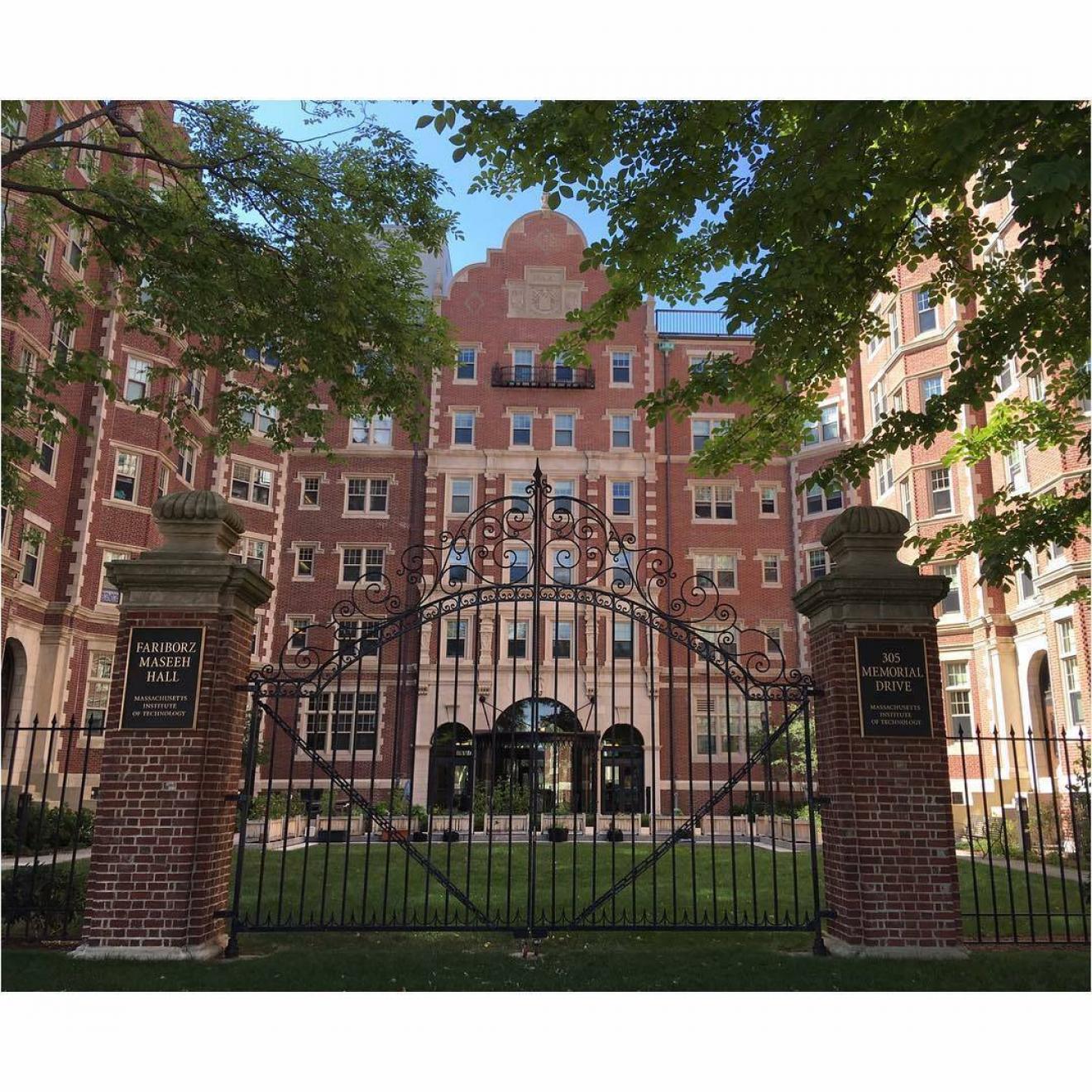
It’s no coincidence that MIT’s mascot is a beaver. The critter purposely was selected because of its "remarkable engineering and mechanical skill and its habits of industry." The prestigious institution has a variety of well-regarded programs, but engineering is its soul. In fact, about 60 percent of MIT’s undergrads and 45 percent of grad students are enrolled in the School of Engineering. Faculty are distinguished scholars involved in cutting-edge research in areas ranging from genetics and cancer to transportation and national security. Alliances with the federal government, private foundations, and more than 800 companies fund their extensive efforts. Through the Undergraduate Research Opportunities Program students get in on the action with projects such as creating innovative medical devices, designing a new Navy ship, or 3D printing tissue for experiments. Aligned with MIT’s emphasis on innovation, students have plenty of chances to pursue their own research, too. You might even win the annual MIT $100K Entrepreneurship Competition, one of the nation’s top contests for turning great ideas into successful companies.

Located within the heart of Silicon Valley, Stanford University produces some of the most successful engineers in the world. A top-notch faculty, 65 state-of-the art university centers and labs, intelligent and supportive classmates – what else could an engineering major desire? There are nine central engineering departments at Stanford University, including aeronautics, bioengineering, chemical engineering, computer science, management science, civil and environmental engineering, and mechanical engineering. With over 50 centers and labs to study in, it’s no wonder Stanford produces great engineers.
Stanford’s School of Engineering has been at the forefront of innovation for nearly a century - engineering faculty and graduates have founded an estimated 12,700 companies over the decades - and shows no signs of slowing down. Engineering is one of the university’s most popular majors, and roughly 1,600 undergraduates and 3,200 graduate students seek engineering degrees. Curiosity-driven research that crosses disciplines or even schools is encouraged, as seen by the School of Engineering’s Hasso Plattner Institute of Design, which brings together students and faculty in engineering, business, education, medicine, and the humanities to learn design thinking and work together to solve big problems in a human-centered way. The engineering program at Stanford is extremely competitive, with about 16% of applicants earning acceptance into the program. The annual price of tuition at Stanford is about $74,00.

In the spring semester of 1875, Purdue University offered its first four-year degrees in engineering for students who wanted to study either mechanical or civil engineering. Since that time, the engineering program has grown exponentially: In the 2014-2015 school year alone, Purdue awarded over 2,500 graduate and undergraduate degrees in disciplines such as nuclear, electrical and computer, biomedical, agricultural, and chemical engineering. The engineering program currently has 11,083 students and 409 faculty members.
Outside of the classroom, Purdue University’s College of Engineering students have the opportunity to see how academic concepts are applied to research problems by contributing to studies conducted by the Office of Research. The school’s Summer Undergraduate Research Fellowship Program, or SURF, pays students to work on original research projects under the supervision of a faculty member. For example, students developed a model designed to study DNA sequences and a voice box for those who have undergone larynx surgery. Students who participate in the SURF program also attend an engineering symposium and celebrate their success at an end-of-summer banquet.

Before enrolling in Georgia Tech’s College of Engineering (CoE), take preconceived notions about traditional classroom structure and turn them the opposite way -- literally. As part of the program’s commitment to outside-the-box thinking, many courses employ a “flipped” classroom. Students view lectures online beforehand and use class time for problem-solving and direct interaction with the instructor. Similar examples of dedication to innovation and hands-on training abound. Students can take advantage of research opportunities at one of CoE’s 150-plus interdisciplinary centers and compete in the annual Capstone Design Expo in which teams of senior undergrads display and pitch inventions with real-world applications. Georgia Tech offers more than 50 different engineering degree tracks at the bachelor’s, master’s, and doctoral levels. A popular undergraduate option is the five-year co-op program, which alternates semesters of on-campus study with full-time paid employment related to the discipline. And while Georgia Tech is a public institution, don’t worry that you’ll feel out-of-place in Atlanta if you’re not a state resident. Accepted engineering students for Fall 2015 came from 49 states and 64 countries. CoE also awards more engineering degrees to women and underrepresented minorities than any other institution in the United States – once again demonstrating that great things can happen when education isn’t limited by boundaries.

University of Florida offers 82 Engineering degree programs. It's a very large, public, four-year university in a midsize city. In 2023, 3,166 Engineering students graduated with students earning 1,455 Bachelor's degrees, 1,185 Master's degrees, 267 Certificates, and 259 Doctoral degrees.

Freshmen get their feet wet immediately with Illinois Engineering First-Year Experience. After four weeks of Engineering 100, students spend the rest of the course on a customized project. Past participants have done everything from creating a Helix wind turbine prototype using a 3D printer to building a machine to spread condiments on bagels. Such hands-on experiences continue in courses such as Learning in Community in which teams of students work on projects proposed by nonprofit organizations. You might help design a more cost-efficient prosthetic arm or construct footbridges for underprivileged Chinese villages. A Wall Street Journal survey of employers lists University of Illinois Urbana-Champaign engineering graduates among the top five most prepared for the workforce. We’re not surprised. In fact, over Winter Break, students may choose to do a one-day job shadow. Students experience a day in the life of an engineer at places such as Caterpillar, the Federal Aviation Administration, Intel Corp, and Fermi National Accelerator Laboratory. The university’s effort to maintain ties with local employers also pays off upon graduation. Students on average receive two or more job offers, and the starting salary for those with a BS in engineering from U of I is about 8 percent higher than the national average.
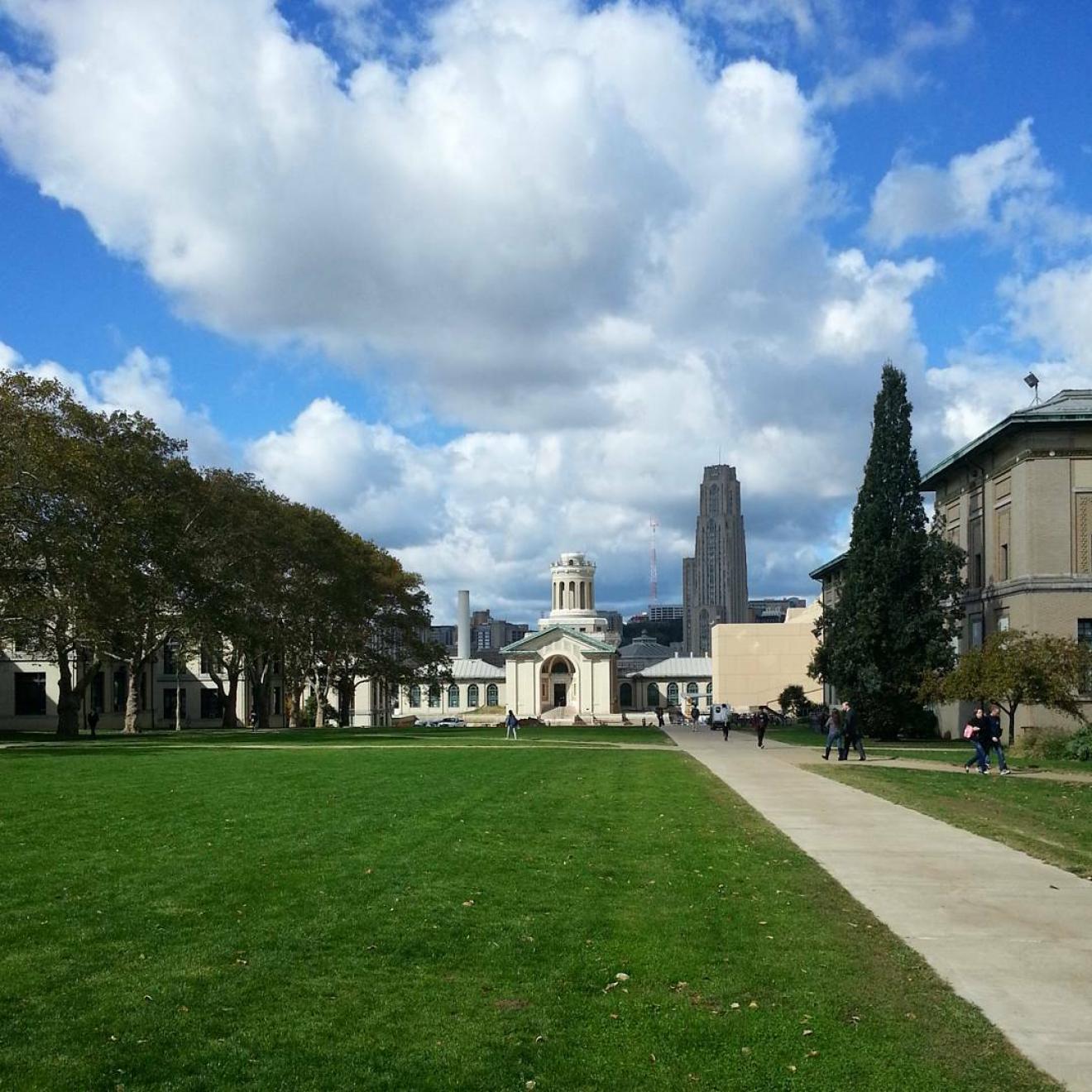
Carnegie Mellon University offers 72 Engineering degree programs. It's a large, private not-for-profit, four-year university in a large city. In 2023, 2,380 Engineering students graduated with students earning 1,638 Master's degrees, 509 Bachelor's degrees, 183 Doctoral degrees, and 50 Certificates.
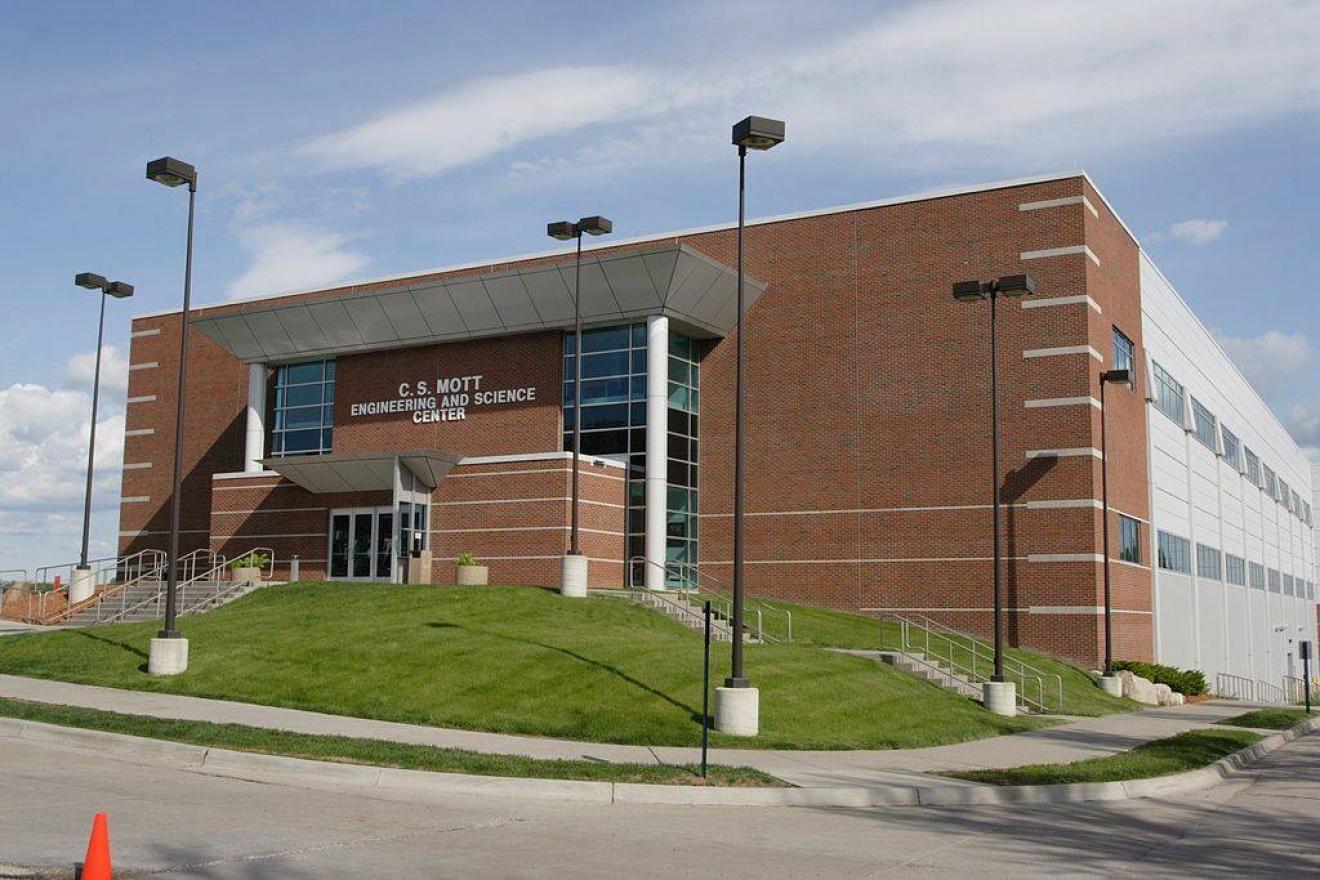
Kettering University offers 9 Engineering degree programs. It's a small, private not-for-profit, four-year university in a small city. In 2023, 353 Engineering students graduated with students earning 289 Bachelor's degrees, and 64 Master's degrees.

Texas A & M University-College Station offers 120 Engineering degree programs. It's a very large, public, four-year university in a midsize city. In 2023, 6,033 Engineering students graduated with students earning 4,156 Bachelor's degrees, 1,260 Master's degrees, 390 Doctoral degrees, and 227 Certificates.

Imagine being part of a team challenged with designing, fabricating, testing, and launching a rocket into space. Students who thrive on such hands-on activities often find the Air Force Academy an ideal place to learn engineering. The Academy features some of the most cutting-edge technologies available anywhere to undergraduates. One such gem is the Applied Mechanics Laboratory. In this highly modern, well-equipped “workshop,” cadets learn how to use everything from a computer-controlled mill to composite material fabrication tools. The similarly impressive Astronautics Laboratories contain high-fidelity orbital analysis software and facilities for small satellite design. Faculty— about 70 percent of whom are military officers— provide guidance both in class and after hours. Instructors favor seminar-style classes over lectures, and they expect students to come to class ready to participate. (Curriculum guidelines suggest two hours of homework/study for every hour in class.) Cadets, who become second lieutenants in the U.S. Air Force upon graduation, leave equipped with a solid foundation in general engineering and in their specific discipline be it aeronautical, astronautical, civil, computer, electrical, mechanical, or systems engineering.
Find local colleges with Engineering majors in the U.S.
Top schools offering Engineering degrees in the U.S.
List of all Engineering colleges in the U.S.
| School | Average Tuition | Student Teacher Ratio | Enrolled Students | |
|---|---|---|---|---|

|
Massachusetts Institute of Technology Cambridge, MA | 9 : 1 | 11,920 | |

|
Stanford University Stanford, CA | 12 : 1 | 18,446 | |

|
Purdue University-Main Campus West Lafayette, IN | 25 : 1 | 52,905 | |

|
Georgia Institute of Technology-Main Campus Atlanta, GA | 41 : 1 | 47,946 | |

|
University of Florida Gainesville, FL | 20 : 1 | 54,814 | |


